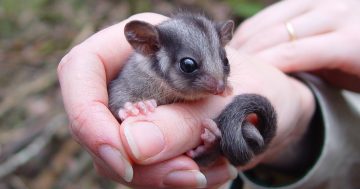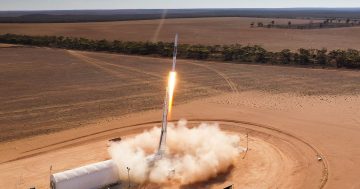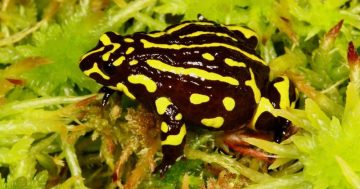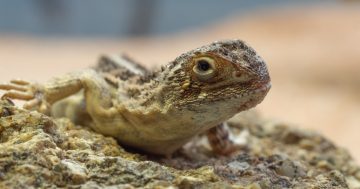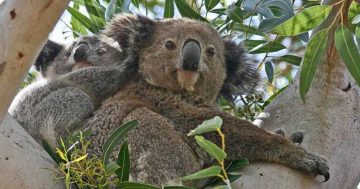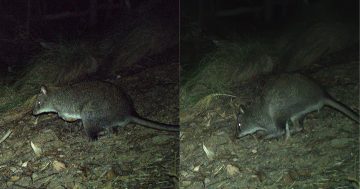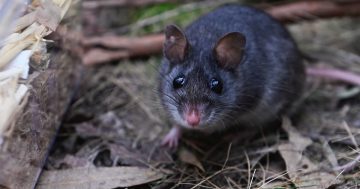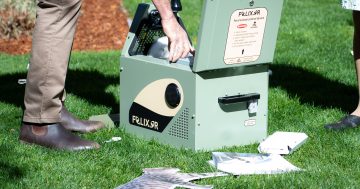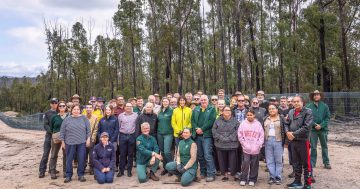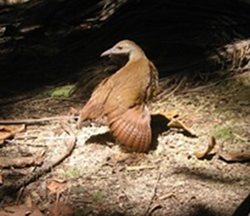 More than 30 threatened species on Lord Howe Island are making a remarkable recovery following the 2019 introduction of a rodent control program by the Department of Planning and Environment.
More than 30 threatened species on Lord Howe Island are making a remarkable recovery following the 2019 introduction of a rodent control program by the Department of Planning and Environment.
Welcoming the news, the Minister for Environment, James Griffin said the population of one of Australia’s rarest birds, the Lord Howe Island woodhen, had increased more than five-fold since 2019.
“Lord Howe Island is a World Heritage listed island that is home to a number of threatened species found nowhere else on earth,” Mr Griffin said.
“The NSW Government’s rodent control program is a world first for a permanently inhabited island, and the results for the biodiversity on Lord Howe are remarkable,” he said.
“We’re seeing threatened and once-dwindling populations of plant and animal species reclaim the island after the removal of thousands of rodents.”
Mr Griffin said the most recent survey found the population of endangered woodhens had grown to 1,147 birds, compared to about 209 in 2019.
“Which is extraordinary because these birds were once on the brink of extinction, with the population as low as 30 in the 1970s,” the Minister said.
He said the recent woodhen census was conducted by a team of Lord Howe Island Board staff, Taronga Conservation Society Australia and contractors who systematically searched the remote Island for three weeks to record the recovery of the population.
Mr Griffin said that since the rodent control program began, more than 30 other threatened species were experiencing population recovery, including birds like the black-winged petrel, masked booby and Lord Howe currawong; the Lord Howe wood-feeding cockroach, presumed extinct on the main Island for at least 80 years; four critically endangered land snail species; and numerous plant species.


